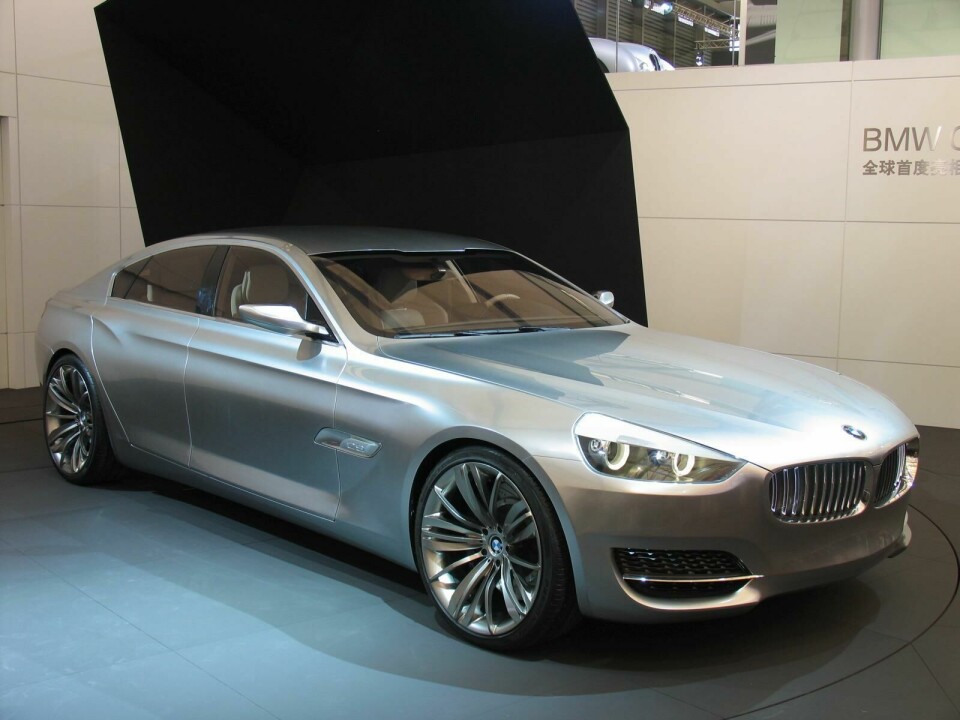
Design Review: BMW Concept CS
BMW’s Concept CS refines the pure three‑box sedan archetype into a subtly innovative form, embodying the bare essence of automotive design







The sedan is a generic car. The three box profile of hood, cabin and trunk is the bare essence of what a “car” is as an artifact. But this established typology is in decline. The hatchback replaced the smaller sedans several decades ago, and in recent years sales of mid-size sedans have been eroded by their estate car siblings and compact MPVs and SUVs. Now drivers of large, upper-echelon sedans are migrating to premium SUVs and soon to the large four-door coupe style sedans from Porsche and Aston Martin. With the Concept CS, BMW have signaled that they are not about to miss out on this party either.






Spurred on by the critical and commercial success of the Mercedes-Benz CLS and Maserati Quattroporte (and by the knowledge that Porsche is about to produce the Panamera), premium German sporting brand BMW is bound to push the Concept CS into production.
There are three aspects to the design of the CS - unveiled at the Shanghai Motor Show last month - that differ in particular to other BMW designs. These are its dramatic proportions, its “post Bangle” form language, and its more traditional automotive design identity.
Without a doubt, this large car seduces with its fast and powerful proportions - at 5106mm long, 1978mm wide and 1367mm tall, it is about 80mm longer and wider and 120mm lower than the imposing 7 Series, 70mm lower than the current Maserati Quattroporte and a little lower than a 6 Series. If produced at this height, it will be the lowest large production sedan since the late 60s- and early 70s-designed Jaguar XJ6, Maserati Quattroporte and Citroen CX.
Whilst dynamic and dramatic, these proportions also create a challengingly long and shallow side profile that exterior designer Karim Nabib ingeniously broke up with the car’s most distinctive feature: the body side crease that fades out into the rear door and then picks up again with an upward curve just forward of the rear-wheel arch. This is one of the most distinct design features of the CS, thematically related to a feature of some classic American designs, but if carried through to production would be unique in the market today.
On either side of the body side crease and directly below the DLO are concave surfaces which reduce the bulk of this broad car. This subtle surface treatment can also be seen in the C-pillar crease that echoes the classic “Hofmeister kink” at the trailing edge of the rear side window. The grille flutes also sit on a surface that wraps more tightly in plan than the surrounding, while sharp creases appear to push through the surfaces in the lower front and sides of the car and, less successfully, at the rear. Door handles that are pop up sections of the chrome strip at the base of the DLO are exquisite, a windscreen that dips down at the center (where the inside rear view mirror is), and a near flat “power dome” on the top surface of the hood are also innovative detail design elements.
Continues…




